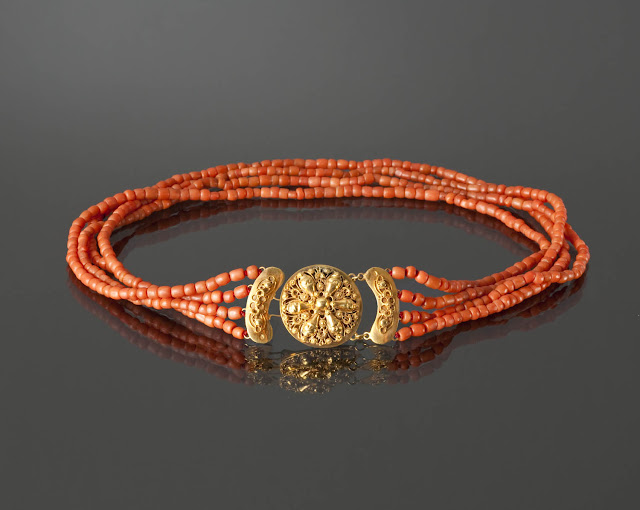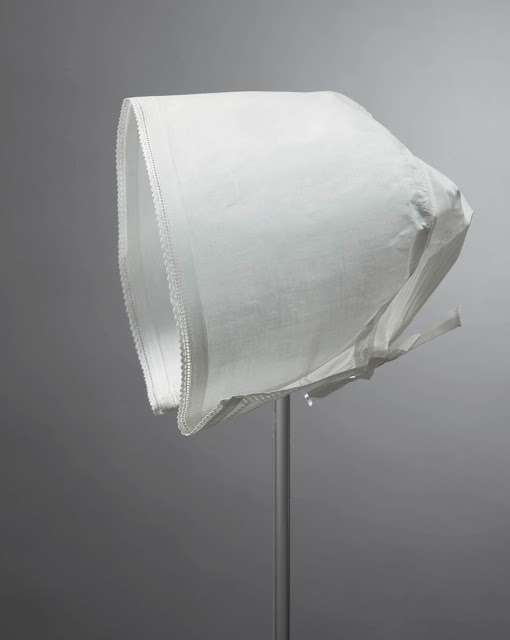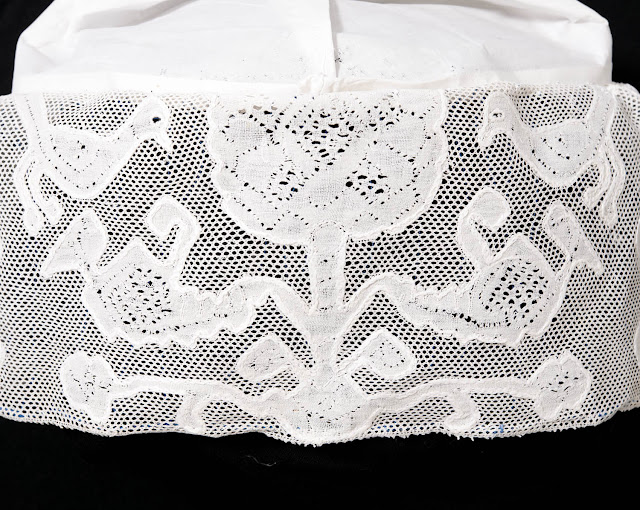Hello all,
Today I will continue my series on Dutch costume with one of the most elaborate and rich costumes of that nation, that of Axel and vicinity.
Zeeland [Sea Land] is the southwesternmost province of the Netherlands [except for Aruba]. It consists of a series of islands and peninsulas, as well as a strip of the coast of Flanders. It is shown in lilac in the southwest of this map.
Zeeuws-Vlaanderen [Zeelandic Flanders] is the mainland part of this province, on the north shore of Belgium, separated from the rest of the Netherlands by the Scheldt, which gives Antwerp access to the sea. Axel Land is the central part of this region. https://nl.wikipedia.org/wiki/Land_van_Axel
This entire region had been very decimated during the Eighty Years War. Afterwards, Huguenots came and resettled the west of the region, but Axel at the time was an island, surrounded by canals, and was resettled from Walcher and the islands to the north.
The seated couple are wearing the Old Axel costume, the woman standing to the right is wearing that of Cadzand, The rest are wearing various old Flemish costumes from the region, which have since died out.
Here are a couple of images showing the most recent form of the shawl, or doek, from front and rear.
The doek is generally made of silk with a floral pattern woven into it. Here are front, rear, and side views of the shawl mounted on a dummy,
Here is a schematic showing how the doek is folded and pinned, with an explanation in Dutch.
This confection is not newly made up every day, but is taken off with care, and stored while still pinned into shape.
Under the doek is a double front and back bib which is ornamented. Further north in Holland it is called kraplap, but in this area it is called beuk. The beuk consists of two simple rectanges with cutouts for the neck, front and back. Each is lined, and has finished edges. The edges of one shoulder are connected with a feather joining stitch, and the other shoulder has hooks and eyes, so that both may lay flat. The lower corners have straps with which they are secured. In this schematic, the longer version is worn in Axel.
The beuk for Sunday is made of a fine black silk material, with kraalstukken, 'bead pieces' sewn to them. These are made of beads, sequins and other materials, usually with dangling bits, and made somewhat 3 dimensional. The ornament on the back is generally shorter and wider. They are mostly white with many other colors as accents. Here are a few examples, front and rear.
2
3 This example features a watch pocket worked into the bead piece.
Weekday beuken were ornamented with a different kind of beadwork, kraalwerk. This consists of seed beads woven into a pattern in a net. Here is an example, again front and then back.
These are of course made of somewhat less fine materials.
2
3
4
This, above all, is the part of the costume which enabled the woman to show forth her imagination and skills. As a result, no two beuken are alike.
Like all Germanic peoples, those of Axel Land showed periods and levels of mourning in their dress. The level of mourning was strictly prescribed, and depended on the personal relationship with the deceased, and the length of time which had passed since the death occurred. Three levels of mourning are expressed in the costume of Axel
1 Zware Rouw - Heavy Mourning, also called Doffe Rouw - Dull or Matte Mourning. This is for the period immediately following the death. Those who are more closely related to the deceased wear this for longer periods. The beuk is decorated with black cord and lace passementeries only. I have exaggerated the contrast in order to make these more visible.
2 After some time, the woman passed into a lighter phase of mourning, called Blinkende Rouw - Shiny or Sparkling Mourning. In this period the ornament on the beuk was still restricted to black, but she was allowed to incorporate things like sequins, beads and gems which glittered and caught the light.
B
C
3 After yet more time had gone by, the woman entered the period of Lichte Rouw, or Light Mourning. In this period, the beuk was ornamented like normal, but the only colors allowed were white and blue. It seems that blue is considered a sad color in many cultures.
Sunday beuken for Light Mourning
Over these and the chemise were several layers of petticoats and underskirts. The first couple were cotton, linen, or flannel.
Over this was worn a very full apron, which basically reached all the way around the waist. The everyday apron was made of sturdy material, but the Sunday apron was silk, often damask. Girl's aprons often had some subtle color, and had strips of patterned cloth at the edges, which met in back.
Another type of apron was called the drolschort. This was also of silk, but it was folded when stored. This resulted in a pattern of folds being visible in the apron when worn.
Originally the apron had wide ties which were ornamented, and tied in a bow in front. This is no longer the case. The ornamented bows are now separate pieces which pin in front. These are worn mainly on Sundays.
Black knit stockings were worn, klompen for work and weekdays, and leather shoes for Sunday. Women who could afford it wore silver buckles on their shoes for Sunday and Holidays. Occasionally one would see klompen painted black worn on Sunday, only by very poor women, but sometimes by men.
Loose pockets, zijzak or heupzak were worn under the apron. These were tied around the waist over the skirt. These were generally sewn from plain cotton.
Fancy purses were sometimes hung from the waist for dress. Chatelaines, silver needle cases and scissors connected to silver chains also sometimes hung from the waist or neck, as well as pocket watches.
Rings are usually of gold, and in the Axel area tend to be very wide. See also this woman above.
Bracelets, armbands and chokers are similar to those worn in other parts of the Netherlands.
In times of mourning, the coral and colored beads are replaced by jet or black beads.
This photo is taken from an American book of Dutch costumes. This is a very good example of how NOT to wear the costume. First, klompen would never be worn with the Sunday costume, unless the woman had no choice, and then they would be painted black. More importantly, the hair would NEVER hang loose like that!
The bangs are combed forward, and the ends twisted with cord, then a bundle of ribbon is laid across them and they are tied back, forming the characteristic loop of hair at the forehead. The rest of the hair is then tied back in a bun in the rear.
The oorijzer is put on, which in Axel remains a narrow band of metal, which has spiral horns on the front ends.
The undercap is put on, pinned to the oorijzer, which keeps it in place against the sea winds. This is why the oorijzer is prevalent along the coasts. The undercap for dress has beadwork around the front edge.
Over this is put the lace cap. The most commonly used in Axel is called the trekmuts. This is rather plain for daily wear, but the front part is made of home made lace for Sunday, often featuring a design of a vase flanked by two birds. A bow may be pinned to the back for a more dressy look. A cap of plain opaque linen is used for mourning.
For dressy occasions a pair of ornaments are strung onto the curved horns, whence they hang over the forehead. A pair of gold hat pins may also be used to help pin the caps into place.
In times of mourning, these oorijzer ornaments would be replaced by ones made of jet or magnetite.
A straw hat shaped like a hood may be worn over the caps when necessary, especially for everyday. This may also be draped in black ribbon for mourning.
And that is all I have to say for today. Here is Mrs. Van Driel to show you how to put this costume on.
And just a few more images of the costume.
Thank you for reading. I hope that you have found this to be interesting and informative.
Roman K
email: rkozakand@aol.com
Source Material:
https://geheugen.delpher.nl/nl
J L Platteeuw, 'De Axelse Klederdracht', Terneuzen 1974
Jeanine Decker et al, 'De Zeeuwse Streekdrachten', Amsterdam, 2018
Constance Nieuwhoff et al, 'Klederdrachten', Amsterdam, 1976
Jackie Craver et al, 'Dutch Costumes, a Look into the Past', Pella, IA, 2007
Constance Nieuwhoff et al, 'The Costumes of Holland', Amsterdam, 1985



.jpg)















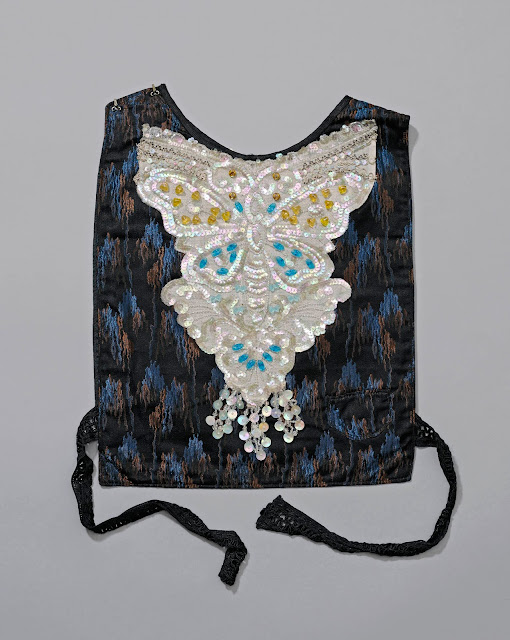










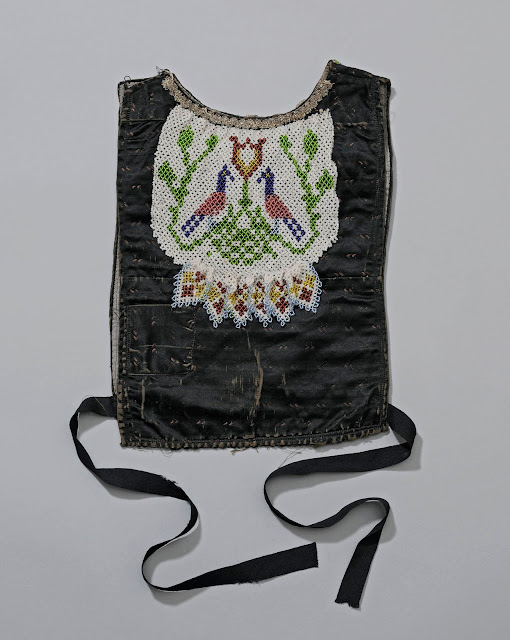




















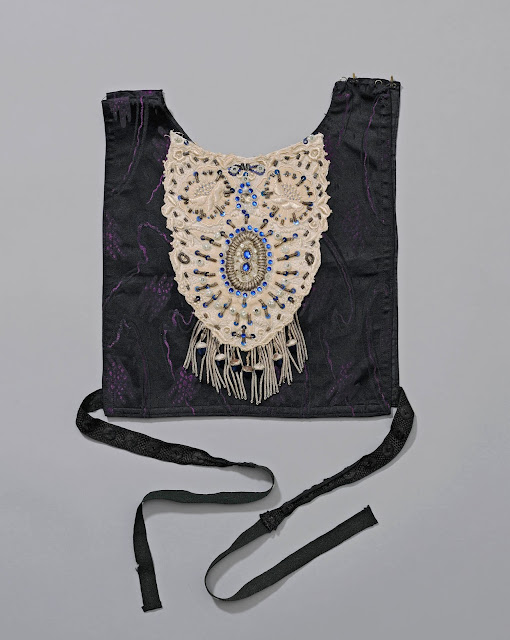
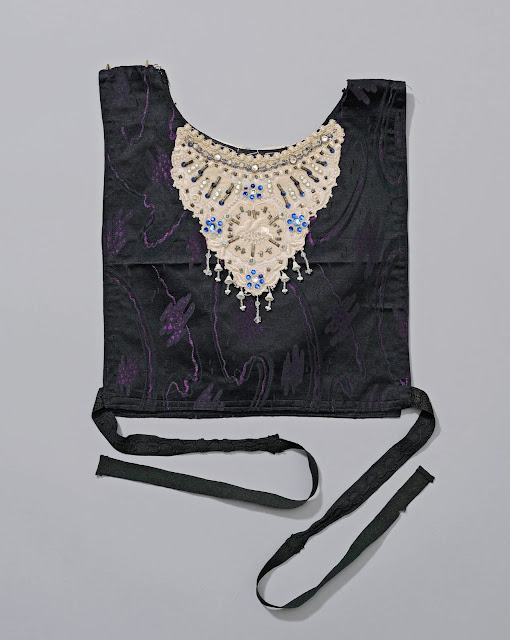


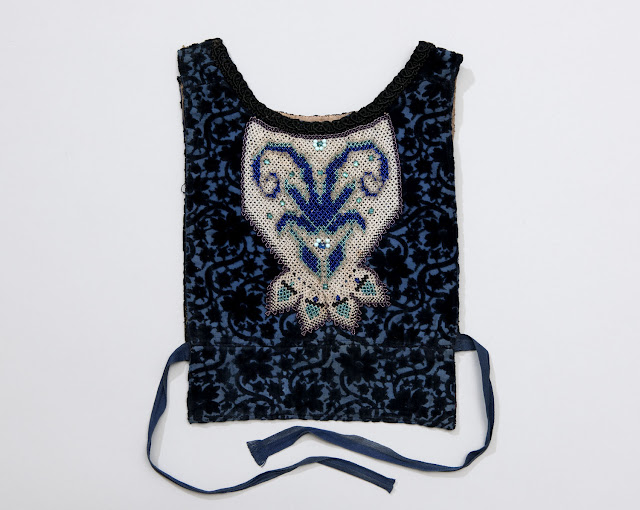










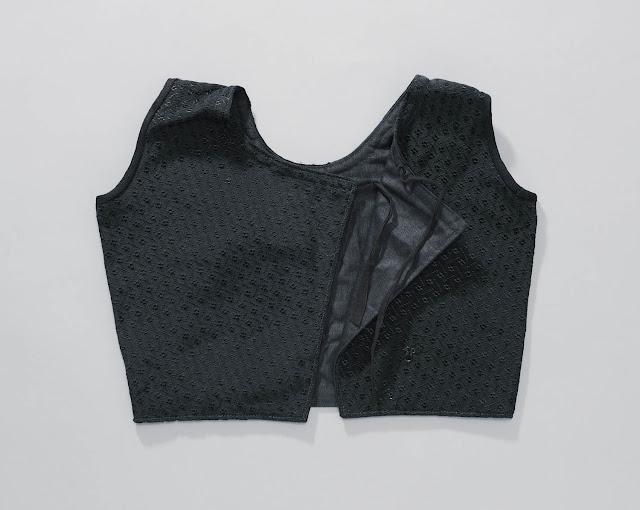














.jpg)
%20(from%20the%20front).jpg)
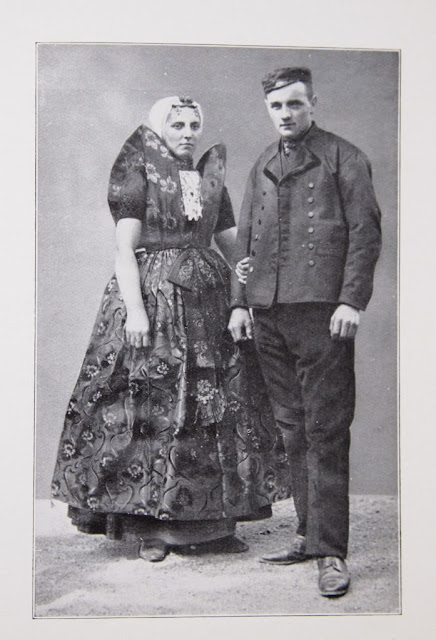
























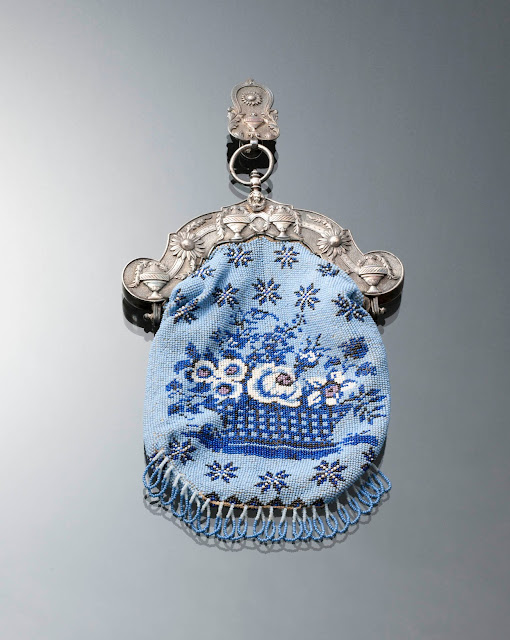


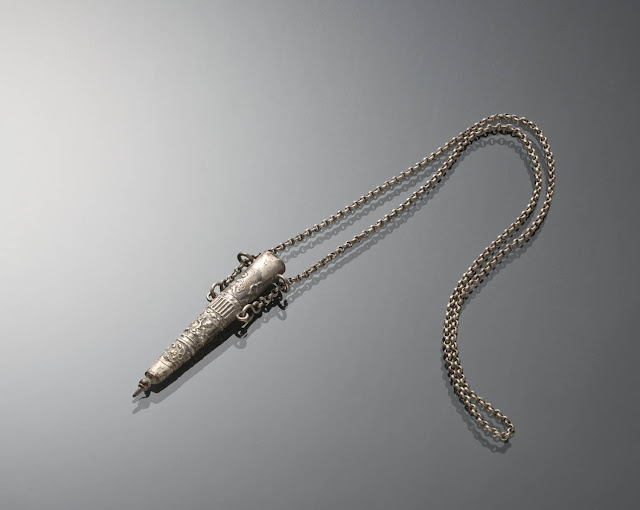



.jpg)






